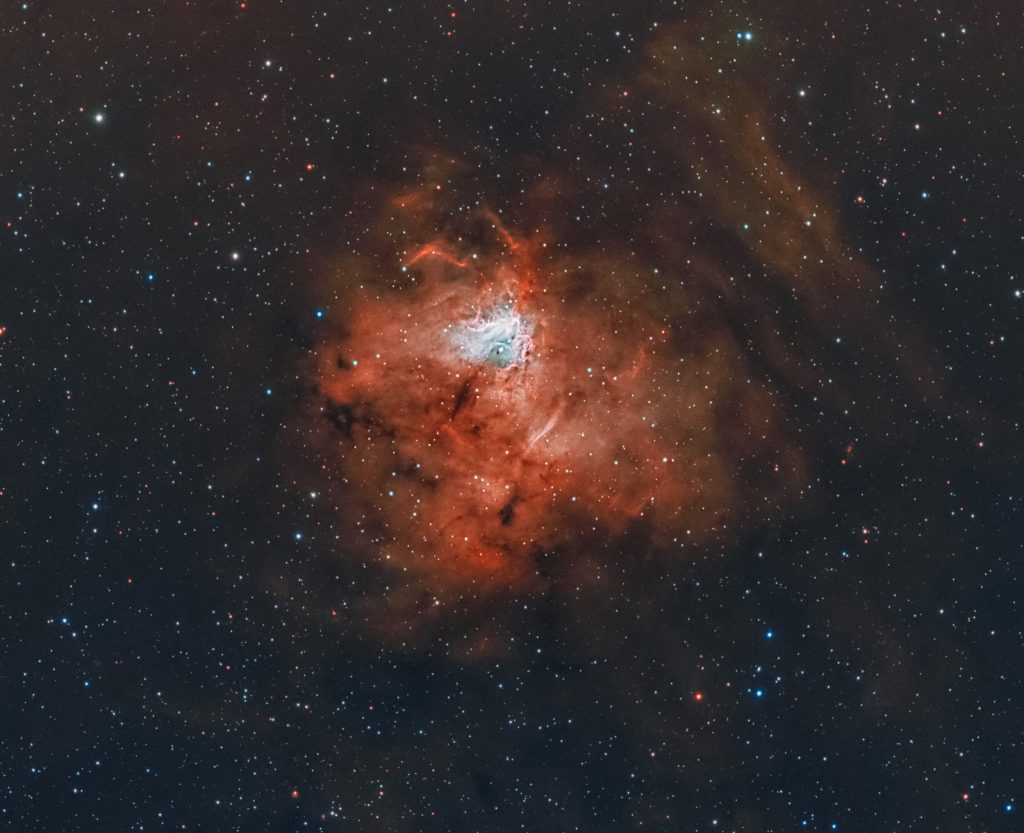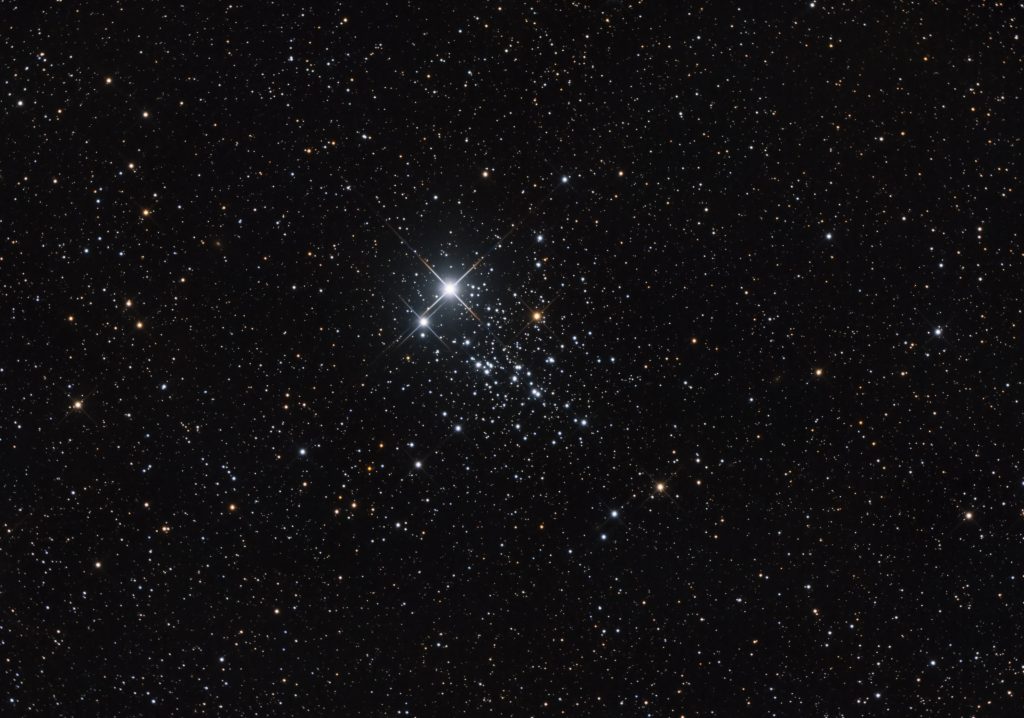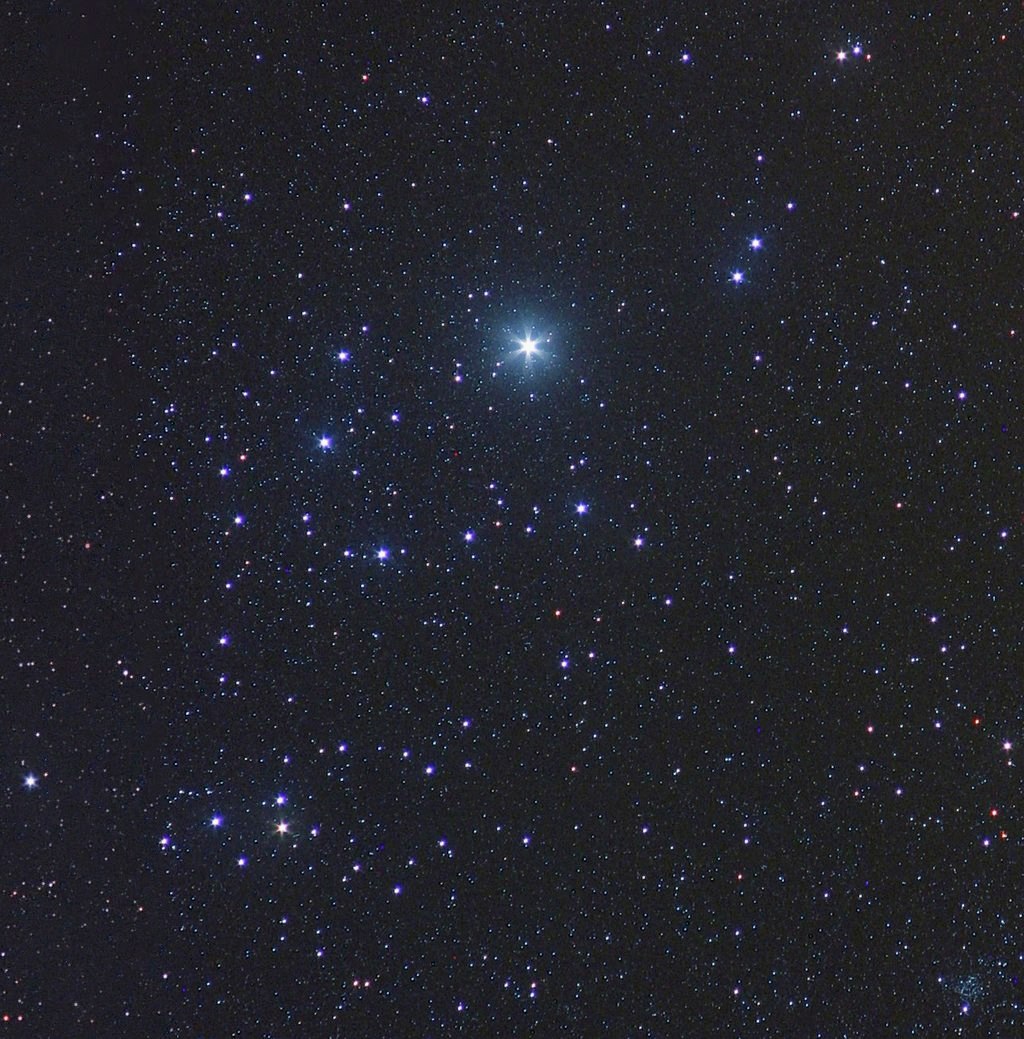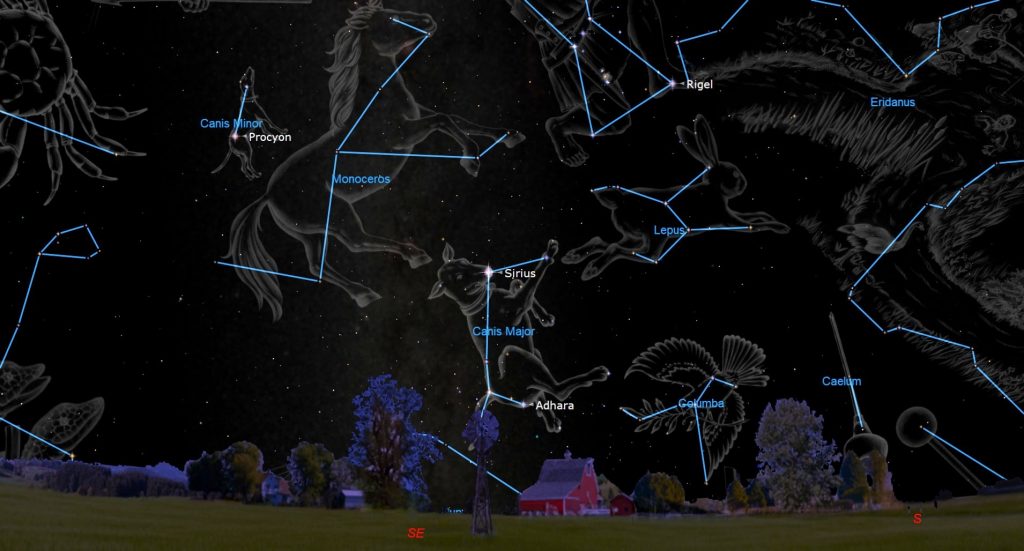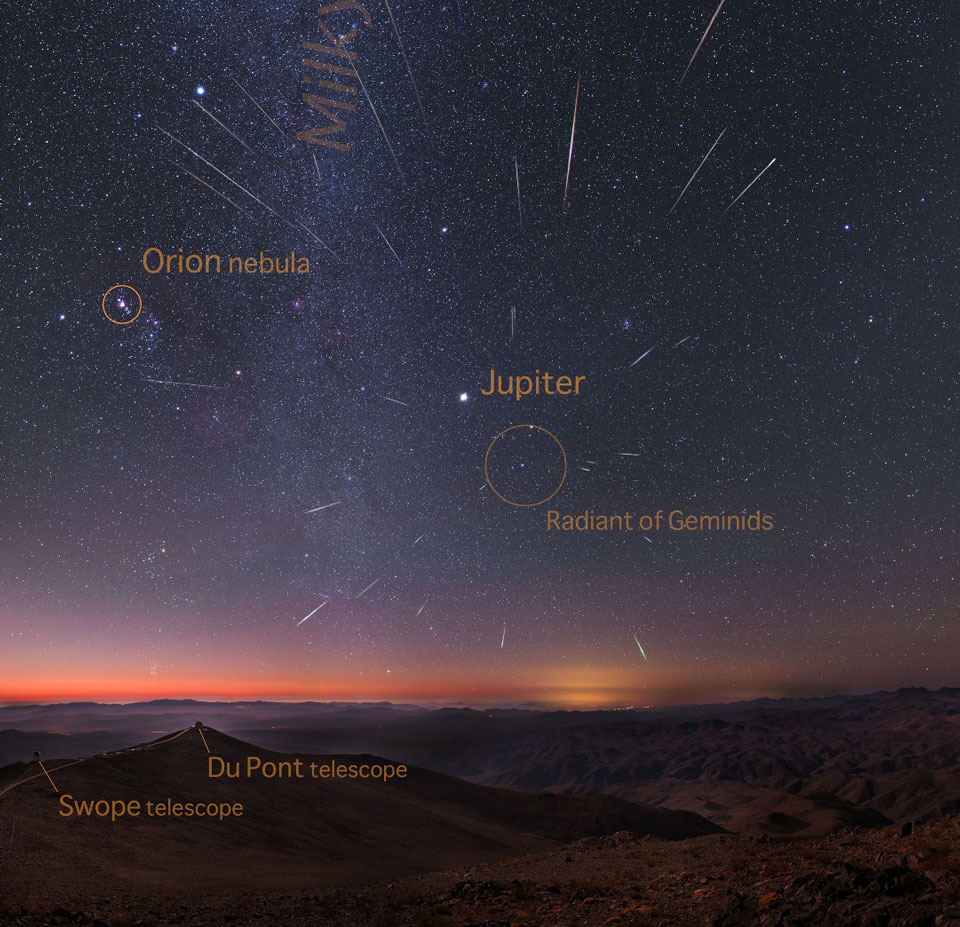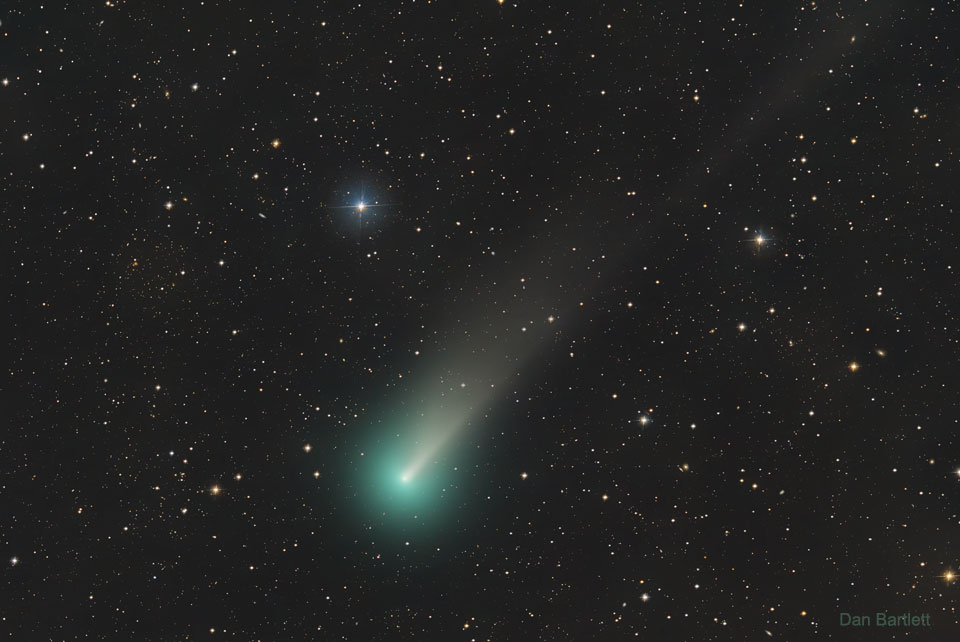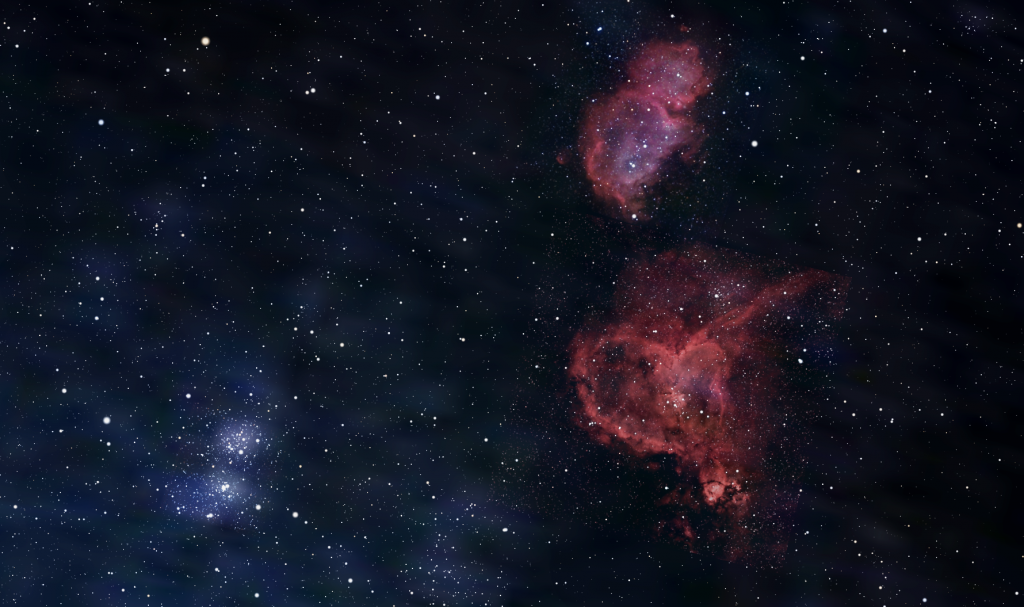Venus is Globular, Jupiter Reaches Opposition, Mars Reverses near the Bees, a Picturesque Moon Occults Saturn, and we Peruse Perseus!
This image of the Fossil Footprint Nebula NGC 1491 in Perseus was captured by Adam Block at Mount Lemmon Observatory in Arizona. This image is nearly one degree wide, or about one finger’s width. (Wikipedia) Happy December, Stargazers! Here are your Astronomy Skylights for the week of December 1st, 2024 by Chris Vaughan. Feel free…
Read more
